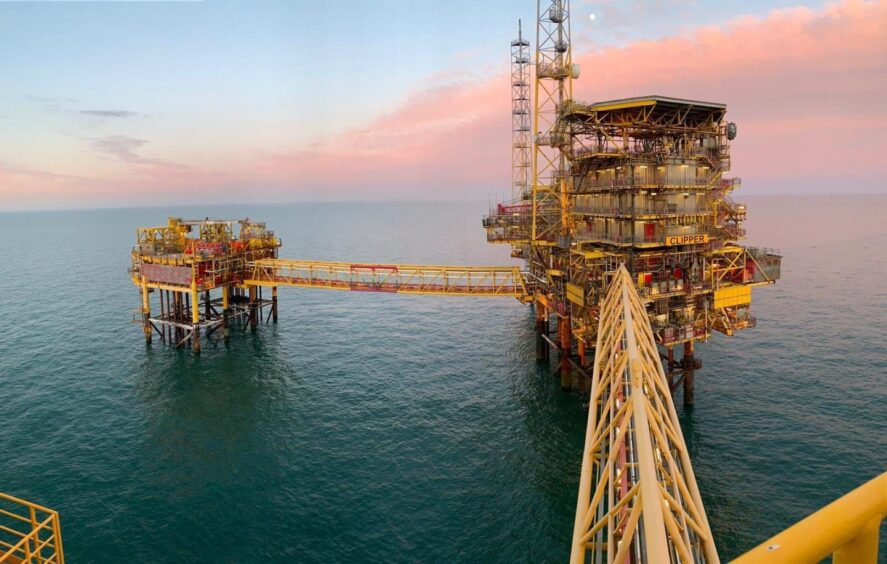
Scotland’s share of North Sea oil and gas revenues halved to just £4billion last year as commodity prices slumped, according to an annual Scottish Government report on revenues.
Compiled by Scottish Government statisticians the Government Expenditure and Revenue Scotland (Gers) report revealed a snapshot of taxes raised in Scotland and public spending for and on behalf of Scotland in in 2023-24.
The fall in North Sea revenues widened Scotland’s public spending deficit, which increased by £3.6bn to £22.7bn last year.
The deficit represented a 10.4% share of GDP, compared to 8.4% in 2022-23.
High energy prices and the Energy Profits Levy (EPL) meant tax revenues from the North Sea rose to their highest ever levels in 2022/23.This had brought a boost of £720 per person in Scotland over the UK average, the Fraser of Allander Institute said.
However, this has been reduced to £60 in 2023/24 as energy slumped.
Official government figures show income from the EPL – the wind fall tax – collapsed from £4.26billion to £2.59bn in the same period.
Spending per head, meanwhile, rose by 6% in nominal terms in Scotland, compared with 5.1% at UK level, further widening the gap, with social security being one of the largest elements in this increase.
Responding to the sharp drop in oil revenues reported in the GERs figures, Russell Borthwick, chief executive at Aberdeen and Grampian Chamber of Commerce (AGCC), said: “Today’s figures reflect what the industry has known for months; windfall conditions no longer exist in the North Sea.
“After taking near-record receipts in 2022-23, government revenues from the sector have halved in the intervening period. That reflects the realities of today’s oil and gas prices and the UK hitting a record low for domestic energy production last year.
“These figures also show increased rebates against trading losses and decommissioning spending – any ramp up of the windfall tax risks accelerating decommissioning and sharply increasing that burden. We urge the UK Government to instead pursue a policy which supports the industry and a managed transition towards clean energy.”
Recommended for you

